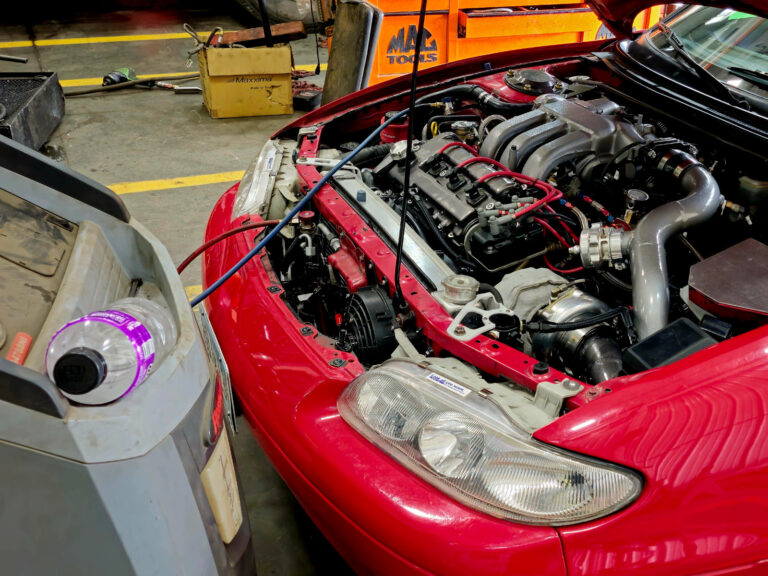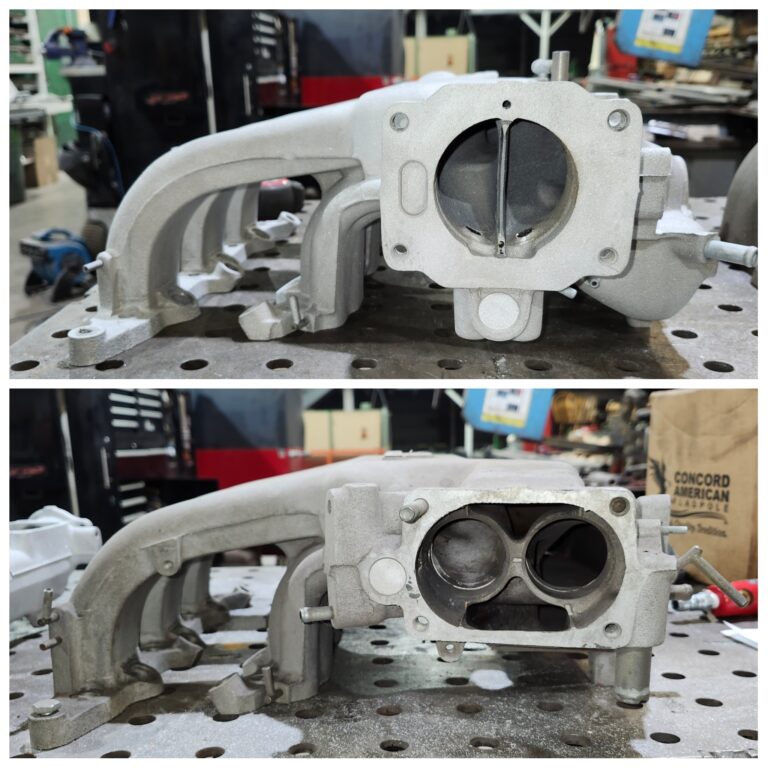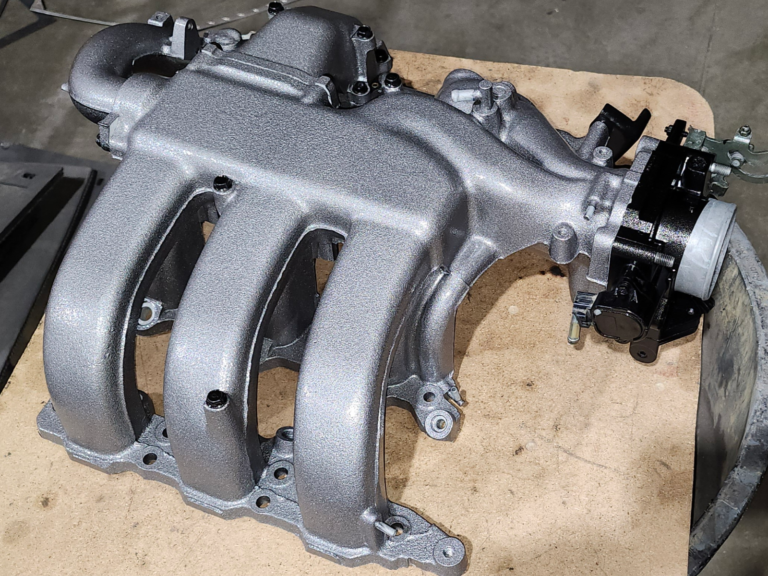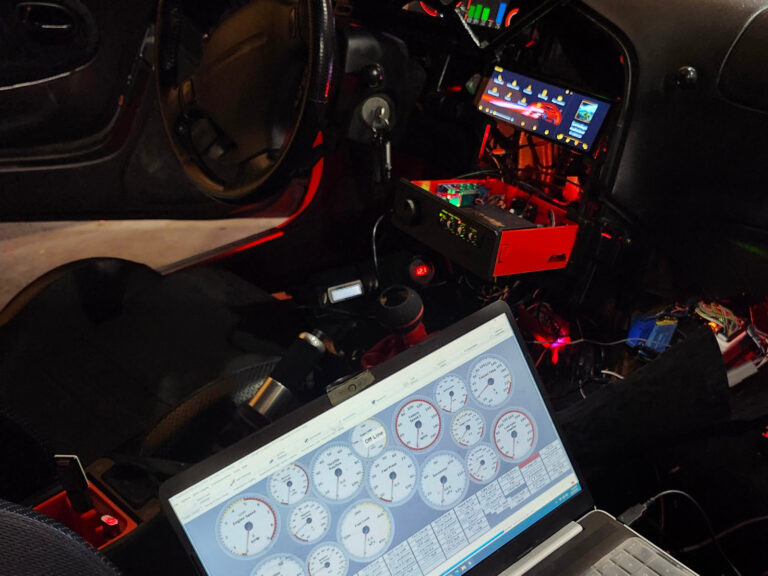December 2019
Now im just showing off
Now with a little Arduino experience im feeling a bit more confident with how I understand it. Ive decided it was time to take this thing to the next level. It wasent so much needed, but another test to myself of what im capable of. Also, it would just be awesome, anything awesome is just worth attempting. The original head angle position design is manual, with a spring loaded knob that’s pulled on to allow free 0-90degree movement of the head position. When the knob is pulled the head can freely move. While doing this you are required to pull the knob with one hand while supporting the head with the other. The machine must be fastened down to something otherwise it will want to flop over, the Lathe Chuck on this thing is heavy so its not an easy task, its not hard but it does take some care as not to smash or pinch your hand while doing so. Also the spring loaded lock sometimes misses the hole and requires some finesse to get locked in, while holding the heavy lathe chuck end this can be annoying.
So I come up with a plan to make this function also motorized, using the same Arduino for the rotating function of the lathe chuck.
Here I reworked the rotary drive system, removing the chain and sprocket, instead using aluminum XL timing pulley’s and XL Timing belt. This is a better option for eliminating weld electricity from reaching the stepper motor.
I also reworked the isolation bushings using Acetal Copolymer Plastic , it is much easier to work with and is a harder plastic compared to the HMW that was compressing when tightened down.
Here I used a 80:1 Stepper Worm Gear Box with a Nema 23 425oz Stepper motor. I originally intended this to be the main drive system, but it ended up not being enough gear reduction to give the torque needed, either it couldn’t lift the head or it would slip while holding the head. Instead I retrofitted the chain drive system from the rotary drive onto it , witch gave the sufficient torque to hold the head.
A limit switch and rubber bumper is placed in the stow position for the articulating head. A rubber bumper allows the head head to be stowed and carried without putting stress on the drive system. The limit switch is in place for when the Rotary Weld Positioner is powered off / Unplugged, when it is powered back on the Arduino begins a homing sequence,the welding positioner will return to the stowed position and reset the degrees angle on the LCD screen.
The chain drive system attached to the worm gear box, is attached with a steel drive shaft with a internal plastic bushing to isolate the motors from weld current.












